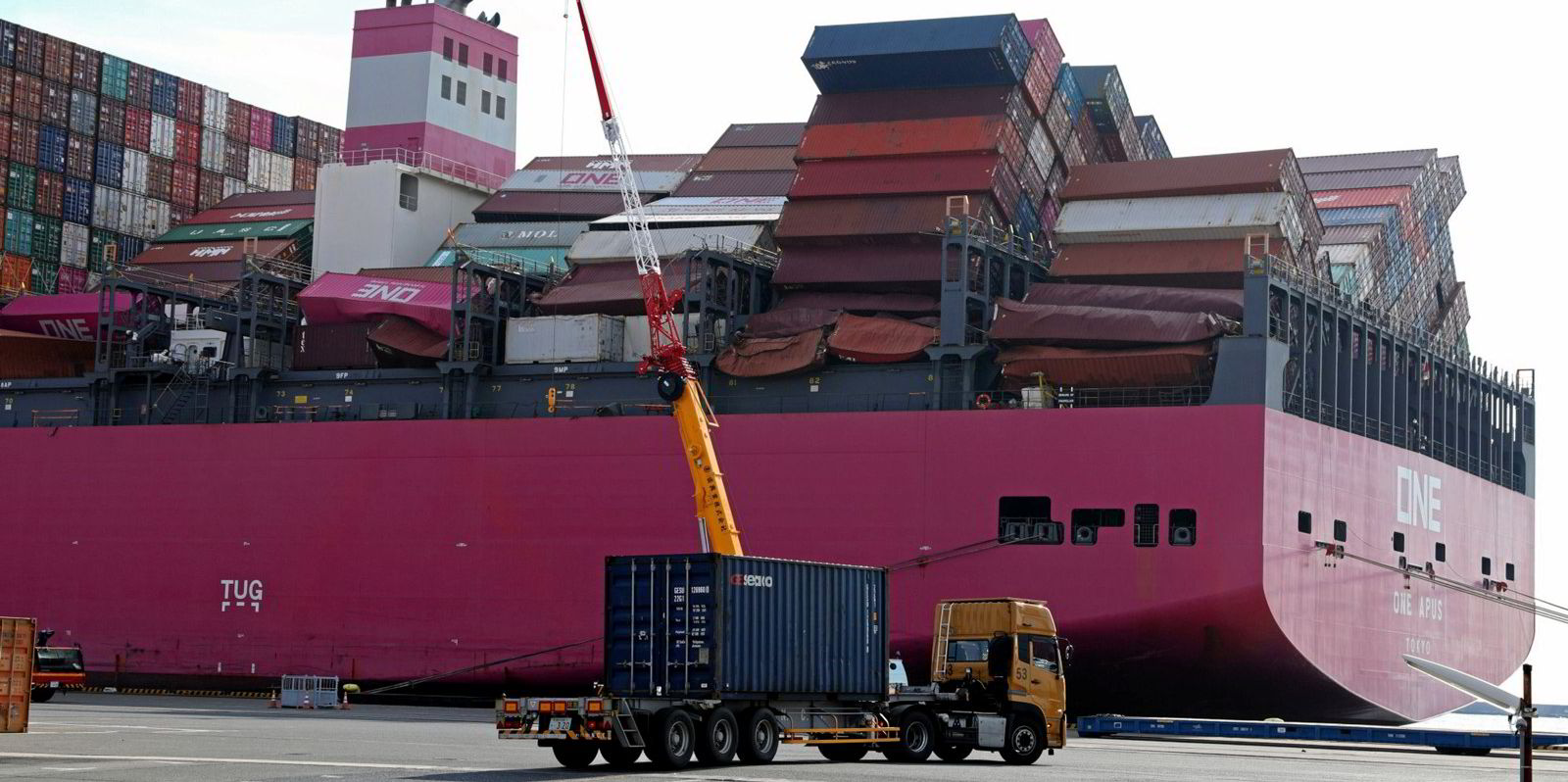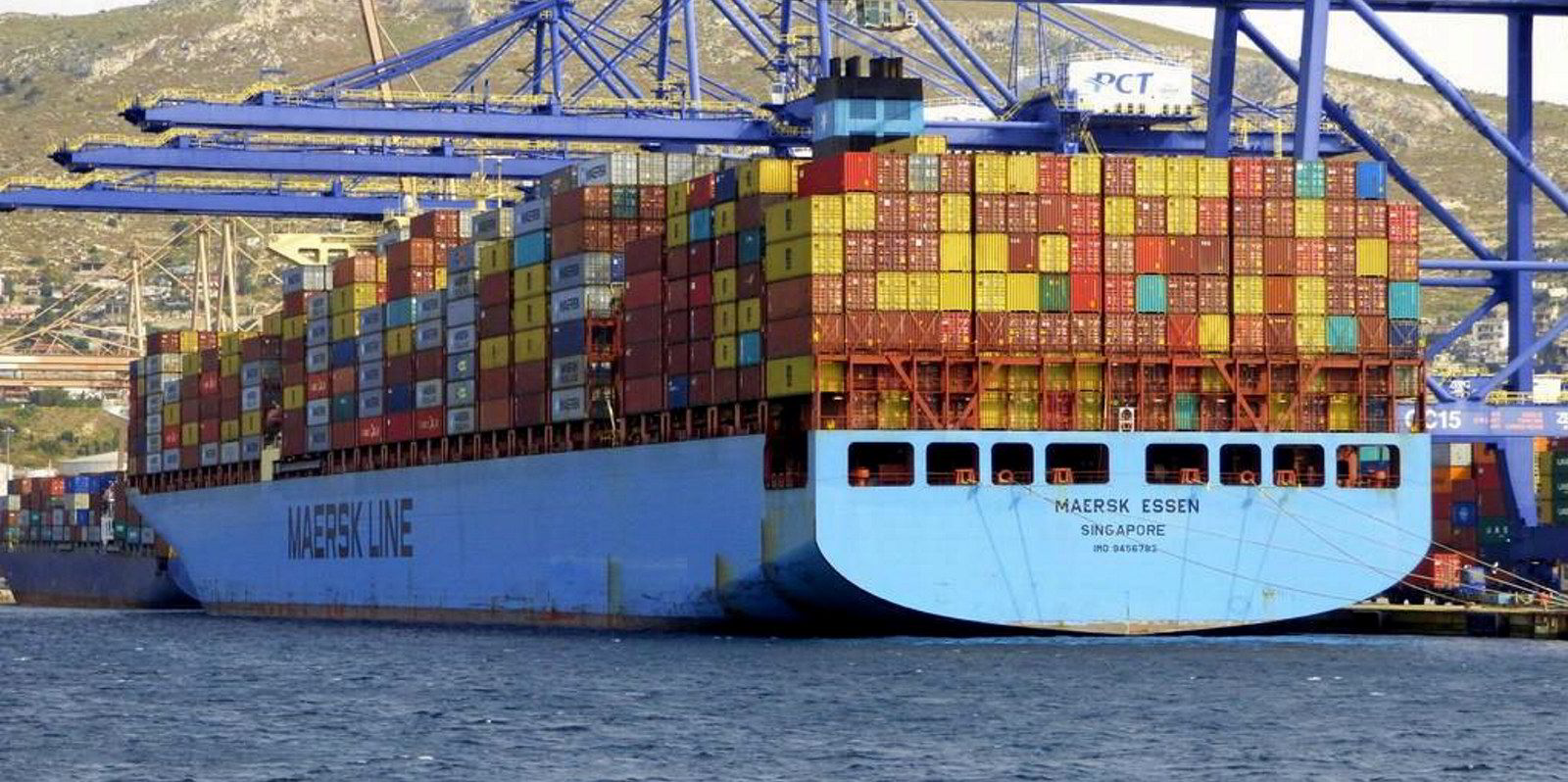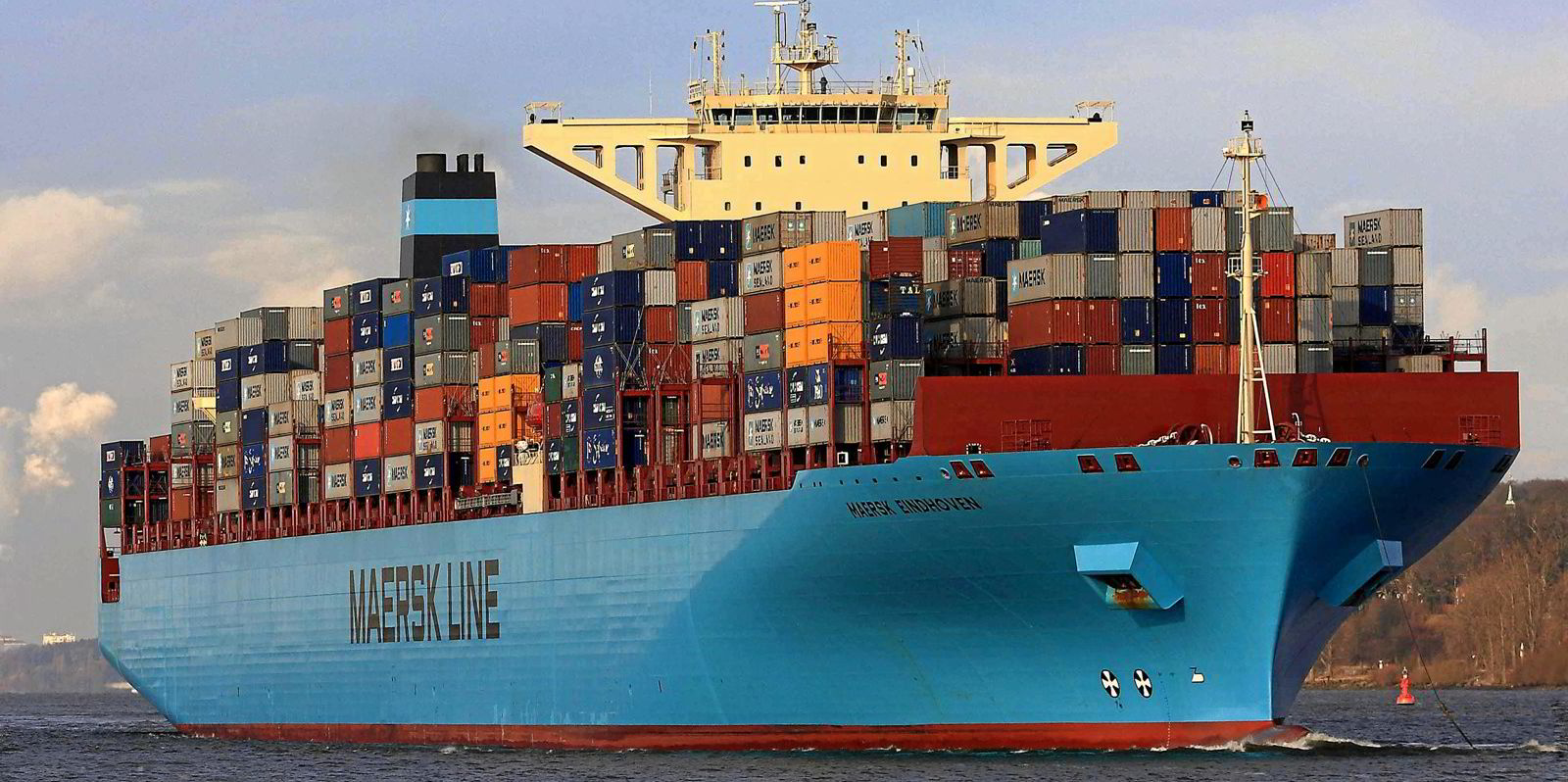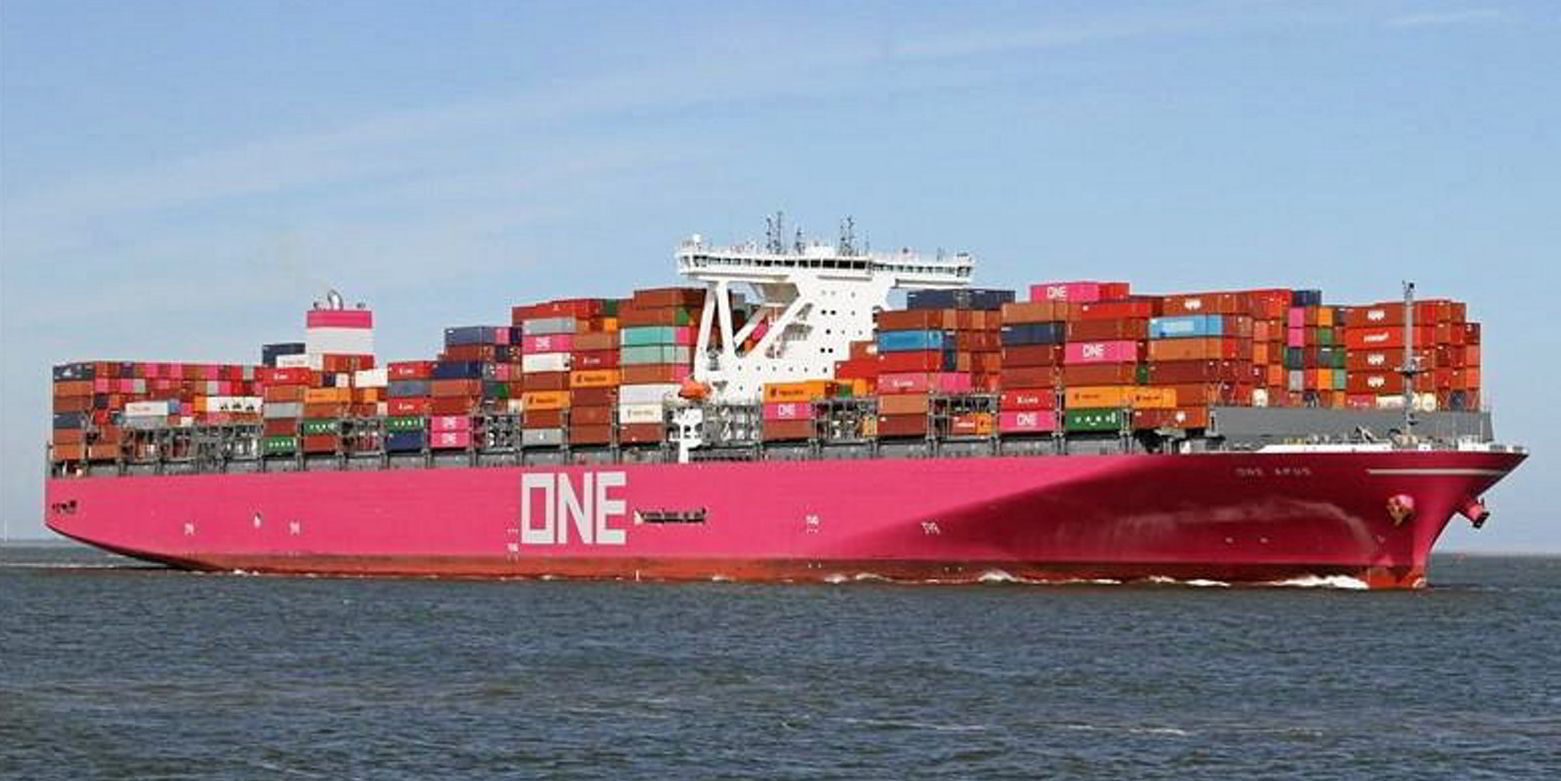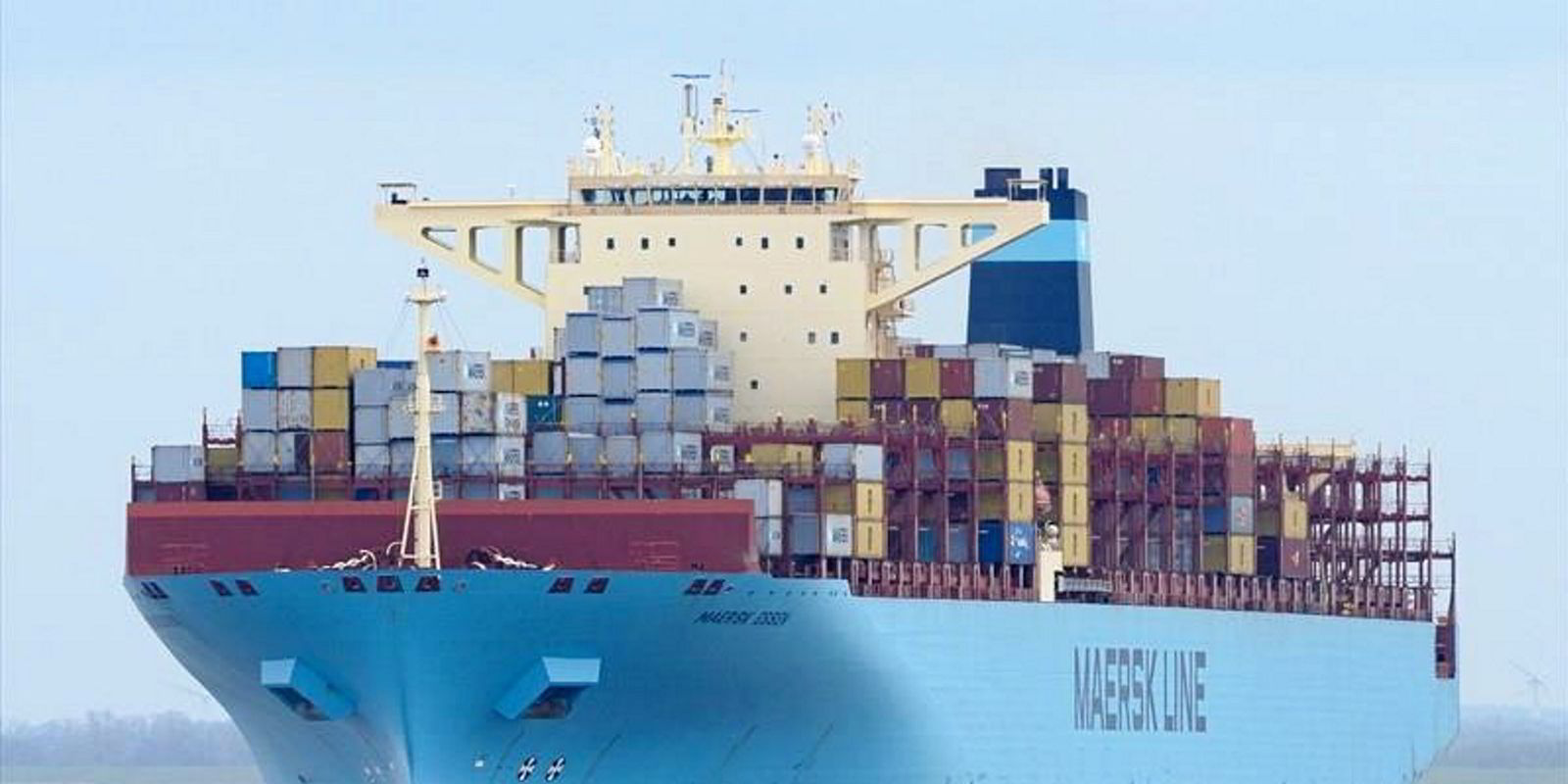Marine insurers are preparing to reserve funds against potential container-loss claims in response to four casualties that resulted in thousands of boxes being lost in the northern Pacific in the past three months.
The move comes amid concern that the increasingly loaded condition of very large containerships of between 13,000 teu and 15,000 teu operating on the Far East to US west coast trade may be the main contributing factor in accidents.
One experienced marine insurer described the incidents as the industry’s biggest concern as the trade continues to boom.
At least 2,867 containers are confirmed lost and hundreds more damaged in the four incidents.
In the most recent, involving the 13,092-teu Maersk Eindhoven (built 2010) last week, 260 containers were lost off Japan.
The World Shipping Council estimates 1,400 containers are lost at sea each year on average.
Insurance data technology company Concirrus, which works with the marine insurance industry to analyse such losses, has launched an investigation into the four latest incidents.
While it has noted differences in the location and cause of the casualties, one common factor has been that ships have had significantly higher loading volumes.
Concirrus has mapped the past three previous voyages between the Far East and the US West Coast made by the Maersk Eindhoven.
In its voyage last October, the vessel was operating at near full capacity at just under 13,000 teu, compared with about 11,700 teu on its previous voyage and about 11,000 teu the time before that.
At the time of its October voyage, the Maersk Eindhoven was laden with 12,884 teu valued at $421.4m, with an average value of $32,710 for each container.
Based on that, Concirrus is estimating the value of the total loss from the recent casualty at $18.9m as it involved a large number of 40-foot containers.
The Maersk Eindhoven incident was attributed by operator AP Moller-Maersk to engine failure off Japan in harsh weather.
In previous incidents, operators have also indicated that the weather has been a factor. However, initial analysis by Concirrus indicates that although the ships were sailing in heavy weather, it was not exceptional for the trade.
At the time of the largest incident, when 1,816 boxes were lost last November from the 14,052-teu ONE Apus (built 2019), there was a maximum wave height of 7.7 metres. It was 8.2 metres in the case of the Maersk Eindhoven and 7.6 metres for the 13,092-teu Maersk Essen (built 2010), which lost about 750 containers.
“There was heavy weather in all the journeys but it does not seem to be significant enough to have caused the casualties,” Edward Royane of Concirrus said.
Rolling characteristics

“If the circumstances of all the incidents are not the same, then it must be something to do with the loading or how much they are carrying.”
James Whitlam, also of Concirrus, said: “There is a fairly general consensus in the sector that there probably is more fully loaded containers stacked higher up, which means the container stacks on deck are becoming less secure, so when the ships are in heavy weather there is an issue there.”
He added that one line of investigation is likely to be whether calculations for the rolling characteristics of very large containerships, determined by classification societies, are adequate in the current loaded condition of vessels.
“Crew are sailing in conditions they believe to be safe but might not be,” Whitlam said.
He suggested the Covid-19 pandemic might even have played a part. Depleted workforces at terminals due to illness, added to higher container throughput, could be affecting the ability to carry out adequate securing of containers.
Whitlam said the number of empty boxes and potential mis-declaration of cargoes will have to be investigated.
The International Union of Marine Insurance (IUMI) has also expressed its concern.
Isabelle Therrien, cargo committee chair at the IUMI, said: “Physical forces endured by the ship going through a storm at sea such as yaw, pitch, rolling are inevitably passed on to the container stacks. It creates an enormous momentum on these stacks, sometimes resulting in containers overboard or container stack collapse.
“Cargo insurance underwriters have been and will continue to be impacted by these events, and IUMI believes that although this is not a systemic threat, every container lost is one container too many.”
ONE Apus
On 30 November 2020, the 14,052-teu ONE Apus (built 2019) lost 1,816 containers while sailing 1,600 nautical miles (2,960 km) north-west of Hawaii. The ship’s operator — Ocean Network Express — said the incident happened in a “storm cell”. The vessel was sailing between Yantian in China and Long Beach, California.
Maersk Essen
On 16 January 2021, the 13,092-teu Maersk Essen (built 2010) lost 750 containers when sailing 430 nautical miles (800 km) north-east of Hawaii, heading from Xiamen in China to California. The loss was linked to “severe weather”.
MSC Aries
On 29 January 2021, the 14,952-teu MSC Aries (built 2020) lost 41 containers while trading between Long Beach and Ningbo in China. Most were empty containers being transferred to China.
Maersk Eindhoven
On 17 February 2021, the 13,092-teu Maersk Eindhoven (built 2010) lost 260 containers off northern Japan while sailing between Xiamen in China and Los Angeles after engine failure in “harsh weather.”
